This formula pulls the customer name and state from the customer table into the order table The MATCH function is used to locate the right customer and the INDEX function is used to retrieve the data Retrieving customer name Working from the inside out, the MATCH function is used to get a row number like thisGo to Formula Tab Locate the Defined Names section, and click Define Names This will open the Name Manger Click on New Type the Name Select the Scope (workbook or sheet) Write a comment if you want In Refers to box write the reference or select a range using the mouse Hit OK As you see, the IF function has 3 arguments, but only the first one is obligatory, the other two are optional logical_test (required) a value or logical expression that can be either TRUE or FALSE In this argument, you can specify a text value, date, number, or any comparison operator

How To Correct A Name Error Office Support
Excel table header name formula
Excel table header name formula-Excel uses table and column names =Sum (C2C7) =SUM (DeptSales Sales Amount) That combination of table and column names is called a structured reference The names in structured references adjust whenever you add or remove data from the table For this, go to the first cell of the Range column and click on Insert Function to open the Vlookup Argument Box as shown below Lookup_value = Lookup value is selected as C2 of the same table where array lookup is being applied Table_Array = Table Array is Table 2, which is shown in the above screenshot Col_Index_Num = It is selected as 2 as
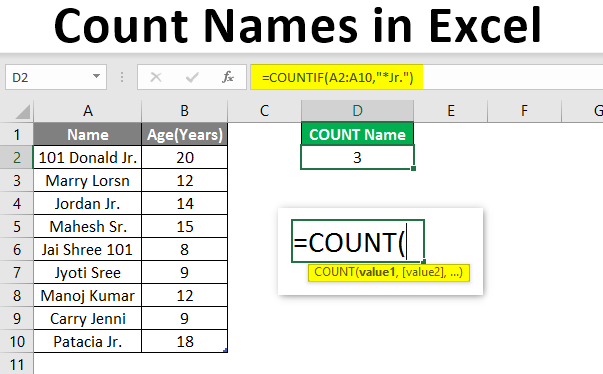



Count Names In Excel How To Count Names In Excel With Examples
The image above shows a dropdown list populated with Excel Table header values, this formula allows you to use Excel table headers as values in a dropdown list =INDIRECT ("Table1 #Headers") You can also create a named range and reference the headers there Go to tab "Formulas" on the ribbonGeneric formula = COUNTIFS(INDEX(Table,0,MATCH(name, Table #Headers ,0)), criteria)) dynamically refer to table name in Excel VLOOKUP formula Below I have a lookup table called my_table I use VLOOKUP (see formula) to extract the description column based on the name info in the small example below (green font) However, I want dynamically refer to my_table using the name in cell C8 (colored red)
1 Enter formula =ROW (T into the Formula Bar, then all table names are listed in the list box as below screenshot shown Note Table names which have been modified won't be listed out with this method List all table names with VBA codeHow to Count Names in Excel?Coming back the the Excel Table, you can aggregate over the entire table (or a portion of it) the values by using the SUBTOTAL formula and providing it with the reference to a particular row, column or the entire table Just as in the example above, you can get the average of the 'Revenue' column by using =SUBTOTAL (1, sales Revenue)
This can be done in the Excel Options Window Here are the instructions to turn Structured References (Table Formulas) Off Click File > Options in Excel Click the Formulas option on the left side menu In the Working with Formulas section, uncheck the box that says "Use table names in formulas" Press OKIf you modify a defined name or table name, all uses of that name in the workbook are also changed On the Formulas tab, in the Defined Names group, click Name Manager In the Name Manager dialog box, doubleclick the name you want to edit, or, click the name that you want to change, and then click Edit Is the new table going to have the same layout (columns) as the first table?
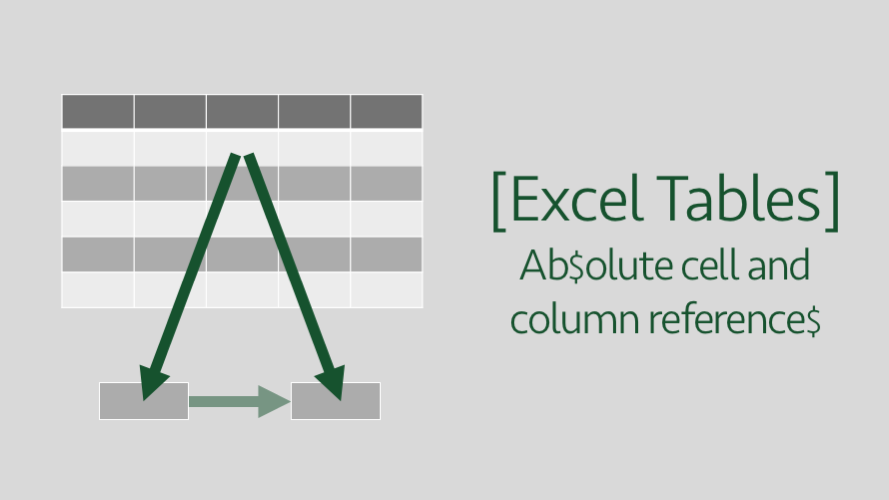



Excel Tables Absolute Cell Column References Excel Off The Grid
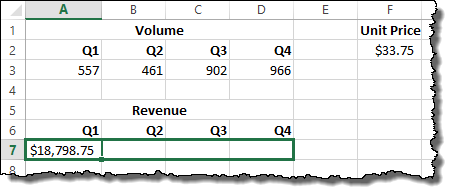



How To Lock Cell Formula References In Excel When Using Data Tables
To get the name of a column in an Excel Table from its numeric index, you can use the INDEX function with a structured reference In the example shown, the formula in I4 is = INDEX(Table1 #Headers , H5) When the formula is copied down, it returns an name for each column, based on index values in column HThis way you do not depend on the position of the table in the worksheet Well, it yields a more complicated formula where table name tbl and column name col appear twice Here are some comments about it You can of course keep the OFFSET() part onlyThe Pivot Table option can create dynamic Tables in Excel For this, select the complete data to be included in Dynamic Table and then click on the Pivot Table option under the Insert menu tab or else press short cut key ALT N V simultaneously to apply it




How To Create And Manage Excel Table Excelnumber




Excel 13 Dynamically Reference Table By Table Name Super User
Overview of Count Names in Excel COUNT is an inbuilt function in MS Excel which will count the number of cells that contain the numbers in the cell It comes under the statistical function category, and it is used to return an integer as Go to the Formulas tab > Define Names group, click Use in Formulas, and then click Paste Names Or, simply press the F3 key In the Paste Names dialog box, click Paste List This will insert all Excel names along with their references in the current worksheet, beginning in the selected cell That means the table range in the formula has to be an absolute reference A good way to do that is to define a name for the table range Defining a Range Name in Excel Before entering the formula, go to the source data worksheet Select all the cells from (header for the Order # column) down through H3




How To Correct A Name Error Office Support




How To Lock Cell Formula References In Excel When Using Data Tables
Start typing a formula as usual, beginning with the equality sign (=) When it comes to the first reference, select the corresponding cell or range of cells in your table Excel will pick up the column name (s) and create an appropriate structured reference for you automatically Type the closing parenthesis and press EnterDynamic Reference of Table Name with Range We will input the cities into Cell A11 to Cell A13 and place the range of the sales in Cell B11 to Cell B13 as shown in figure 3 Figure 3 Assigning selected range to each table name Syntax =function(INDIRECT(ref_text) Formula =SUM(INDIRECT(B11) Using the SUM and INDIRECT functionTo define a name to a range you can use shortcut CTRL F3 Or you can follow these steps Go to Formula Tab Locate the Defined Names section, and click Define Names




Excel How To Lock Columns In Table Formulas Xylos
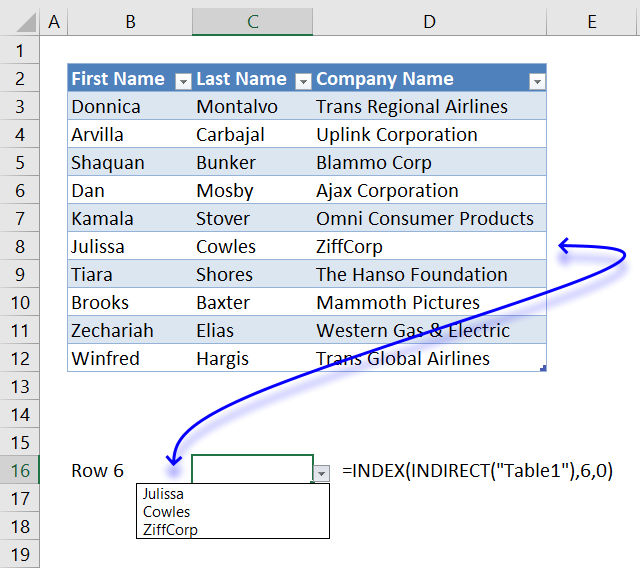



How To Use An Excel Table Name In Data Validation Lists And Conditional Formatting Formulas
To return the first value in column ColumnHeaderName of the TableName use this formula =INDEX (TableName ColumnHeaderName,1) TableName @ ColumnHeaderName refers to the same row of the table and TableName ColumnHeaderName refersSelect the range you want to name, including the row or column labels Select Formulas > Create from Selection In the Create Names from Selection dialog box, designate the location that contains the labels by selecting the Top row, Left column, BottomWhen you are working with data tables in Excel, the cell references look a bit different than the usual A1 letternumber combination for columnrows This is because each row of the table acts like it is in its own 1row spreadsheet That means that the references only need to refer to the table name and the column The row is assumed to be itself




Excel Formulas To Find The Two Way Lookup With Vlookup Function




Release Notes 2 10 Formulas And Joint Tables Play Sql Documentation Play Sql Add On
Choose Formulas on the side pane and then uncheck the Use table names in formulas box and press the Ok button Summarize with a PivotTable You can create a pivot table from your table in Table Tools Design tab, press the Summarize with PivotTable button found inMS Excel Name Range with FormulasWatch More Videos at https//wwwtutorialspointcom/videotutorials/indexhtmLecture By Mr Pavan Lalwani Tutorials Point In this notation, you start with the table name Excel will automatically correct this if you should forget the table name Just open a square bracket and use the @ sign for the row reference (context) After that, indicate the column name followed by a colon (), and enter the column name in the formula again




Named Range In Excel Gets The Count But Not The Value Stack Overflow
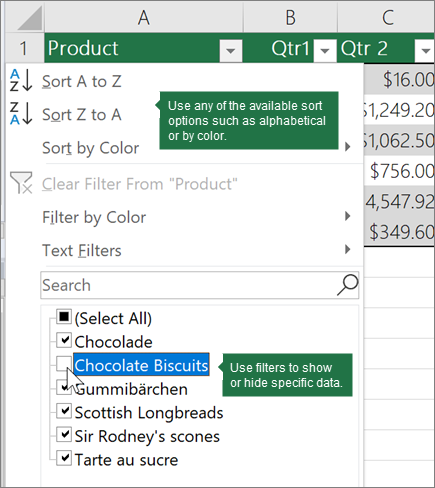



Overview Of Excel Tables Office Support
Creating a name in Excel To create a name in Excel, select all the cells you want to include, and then either go to the Formulas tab > Defined names group and click the Define name button, or press Ctrl F3 and click NewAfter installing Kutools for Excel, please do as follows 1Activate the worksheet that you want to get its name 2Click Kutools Plus > Workbook > Insert Workbook Information, see screenshot 3In the Insert Workbook Information dialog box, select Worksheet name from the Information pane, and specify the location where you want to insert the sheet name, you can select a range of cells, the=VLOOKUP(Lookup_Value,Table_Array,Col_Index_Num,Range_Lookup) The following formula finds Mary's age in the sample worksheet =VLOOKUP(E2,C5,3,FALSE) The formula uses the value "Mary" in cell E2 and finds "Mary" in the leftmost column (column A) The formula then matches the value in the same row in Column_Index
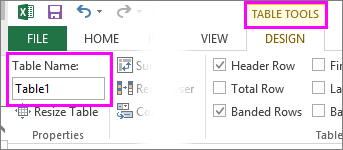



Can I Change A Table Name Excel
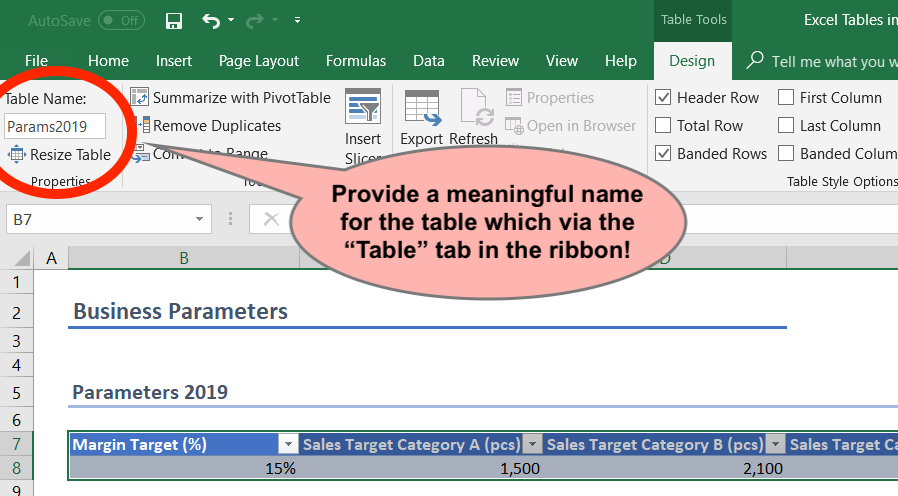



How Excel Tables Exceed Named Ranges When Writing Legible Formulas
dynamically refer to table name in Excel VLOOKUP formula 0 Time stamp cell based on value of a different cell changing from a formula 0 Excel formula How to refer a cell by its column name 0 Is there a formula to select the active cell in which the formula is being entered?(Without VBA) 0 To make the table name reference dynamic, you will need to replace the static "Affiliate" table name with the INDIRECT function =VLOOKUP(D4, INDIRECT(D2) ,2,0) To polish up the formula a bit, I recommend adding an error handler in case the lookup value is not found in the table Click inside the table to select it Then, click on the Design tab on Excel's ribbon On the left side of this menu, find the Table Name box and type in a new name for your table Make sure that it's a single word (no spaces are allowed in table names)
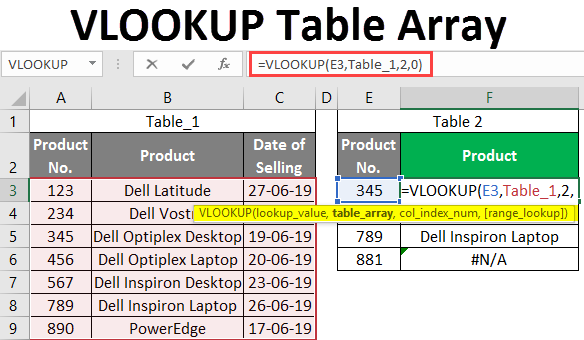



Vlookup Table Array How To Use Table Array In Excel With Examples
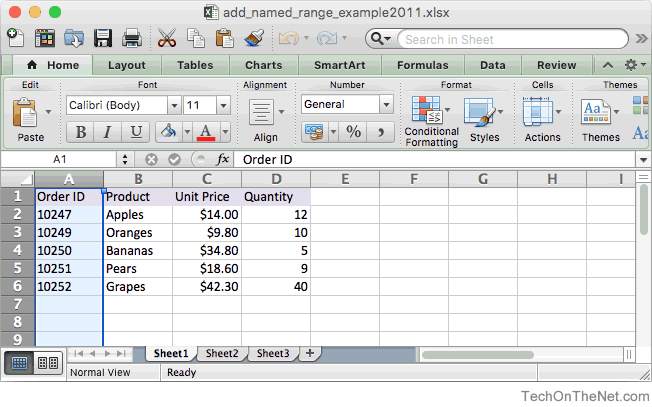



Ms Excel 11 For Mac Add A Named Range
Messages 236 #2 The pivot table name is useful in VBA, I don't know a way to reference a pivot name in a formula Besides, formulas like VLOOKUP or SUMIF are problematic for all but the simplest pivots since not all row cells are filled in You can usually have these formulas reference the original data instead of Count Names in Excel (Table of Contents) Overview of Count Names in Excel;To get the name of the current worksheet (ie current tab) you can use a formula based on the CELL functionCELL retrieves the workbook name and sheet, and the MID and FIND functions are used to extract just the sheet name In the example shown, the formula in E5 is
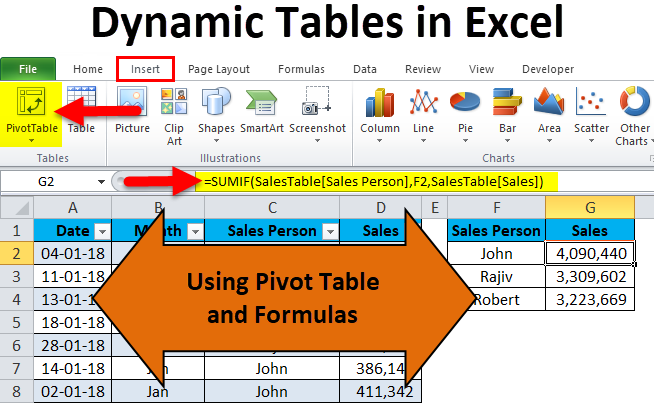



Dynamic Tables In Excel Using Pivot Table And Formulas
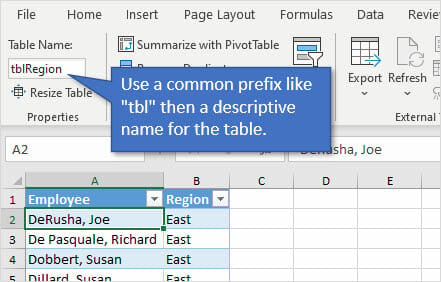



Best Practices For Naming Excel Tables Excel Campus
Download the Excel File Below is an Excel file that has a couple of the same tables you see in the video More importantly, it contains the macro I wrote that renames all of your tables to have the same prefixFeel free to copy the macro to your own Personal Macro Workbook Table Naming Best Practicesxlsm (235 KB) Benefits of Prefixing Table NamesThe applications/code on this site are distributed as is and without warranties or liability In no event shall the owner of the copyrights, or the authors of the applications/code be liable for any loss of profit, any problems or any damage resulting from the use or evaluation of the applications/codeChange a name If you change a defined name or table name, all uses of that name in the workbook are also changed On the Formulas tab, in the Defined Names group, click Name Manager In the Name Manager dialog box, click the name that you want to change, and then click Edit Tip You can also doubleclick the name
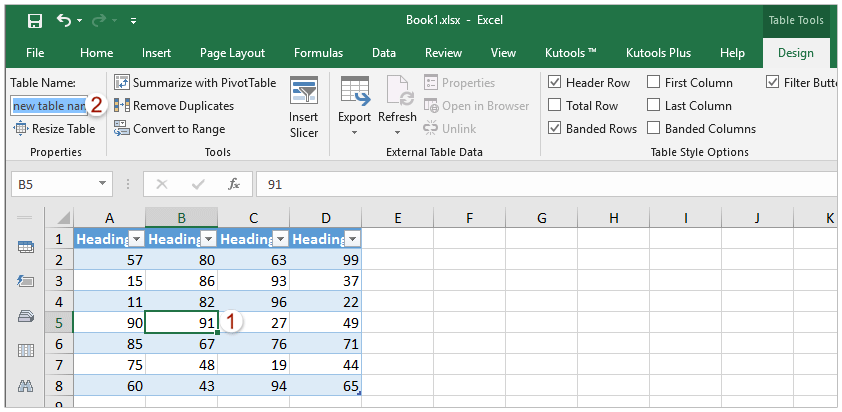



How To Rename A Table In Excel




Custom Column With Origin Of Table Super User
If the tables are all on separate sheets, and the sheet names are the same as the table names, you could do something like this =LET(filename,CELL("filename",Table#Headers),RIGHT(filename,LEN(filename)FIND("",filename))) This will return the sheet name that the table is on, which will match the table nameIf so just copy the whole table (or headers and first row), delete all rows except the first data row, then clear contents on the first row (it should leave formulas), then enter/dump the new data in Copying the table will have all the formulas inside the new table change with it so you wont need to When you create an Excel table, Excel assigns a name to the table, and to each column header in the table When you add formulas to an Excel table, those names can appear automatically as you enter the formula and select the cell references in the table instead of manually entering them Here's an example of what Excel does




Convert Your Excel Pivottable To A Formula Based Report Journal Of Accountancy
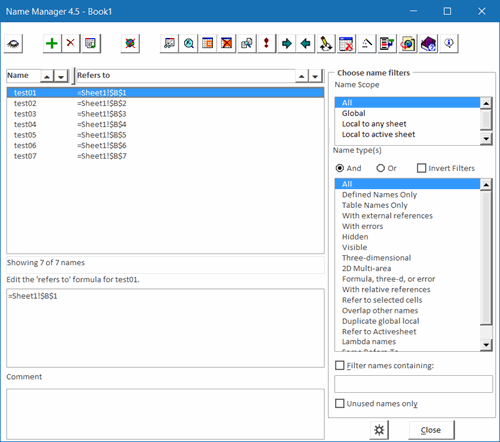



Excel Name Manager
Your view may differ slightly if you have a different version of Excel, but the functionality is the same (unless otherwise noted) To rename a table Click on the table Go to Table Tools > Design > Properties > Table Name On a Mac, go to the Table tab > Table Name Highlight the table name and enter a new name




Excel Tables Exceljet




Microsoft Excel Create An Automated List Of Worksheet Names Journal Of Accountancy
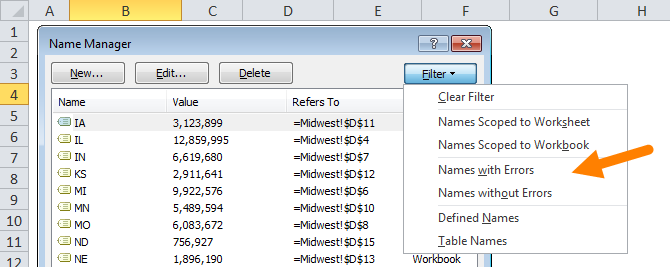



Finding Name Manager Excel For Mac Downtownfasr




Absolute Structured References In Excel Tables Excel Campus



Can T Replace Table Name In Formula Excel
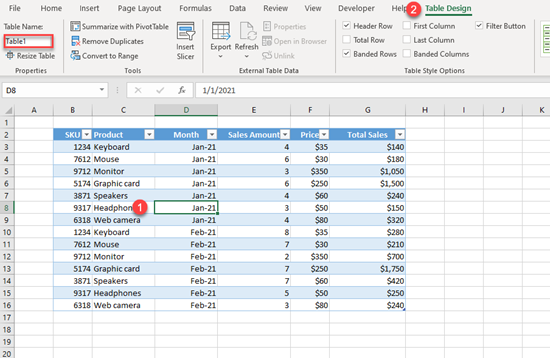



How To Rename A Table In Excel Automate Excel
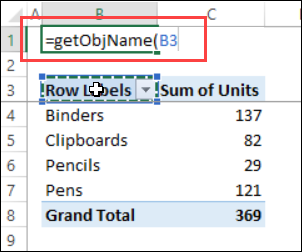



How To Show Excel Table Name On The Sheet Contextures Blog




Rename An Excel Table Office Support
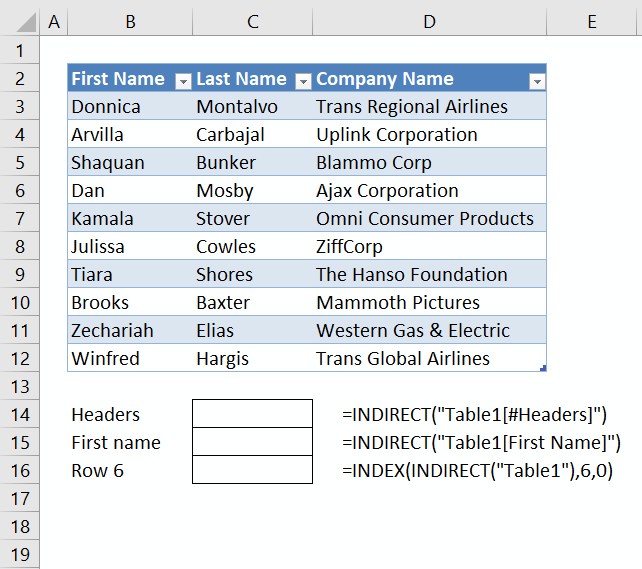



How To Use An Excel Table Name In Data Validation Lists And Conditional Formatting Formulas




Turn Off Excel Table Formulas Structured References Pakaccountants Com




Symbols Used In Excel Formula Excel



How To Turn Off Structured References In Excel Table Formulas Excel Campus




Excel Formula Dynamic Reference Table Name Exceljet




Turn Off Excel Table Formulas Structured References Pakaccountants Com




Excel Formula Get Column Name From Index In Table Exceljet




Count Names In Excel How To Count Names In Excel With Examples




Excel Formula Vlookup With Numbers And Text Excel Formula Excel O Names




Excel Formula Get Column Index In Excel Table Excelchat



1




Why Did Excel Auto Added The Sign Test Suite Uipath Community Forum
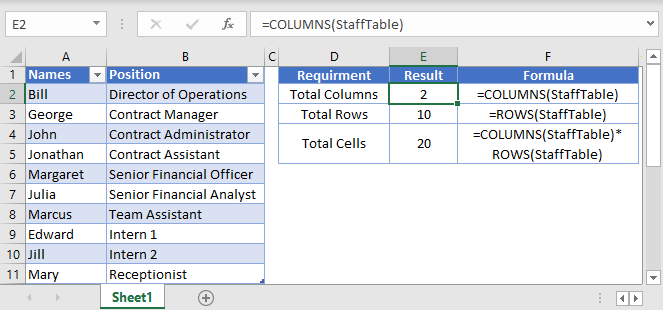



Count Total Cells In A Table Excel Google Sheets Automate Excel




How To Use Table Names In Formulas In Microsoft Excel Youtube




Using A Table Name Prefix For Productivity




The Offset Formula For A Two Way Lookup In Excel Excel Formula Excel Formula
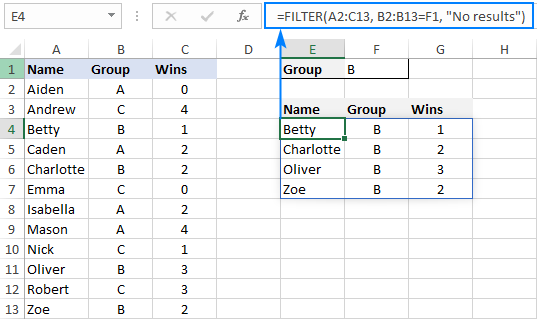



Excel Filter Function Dynamic Filtering With Formulas
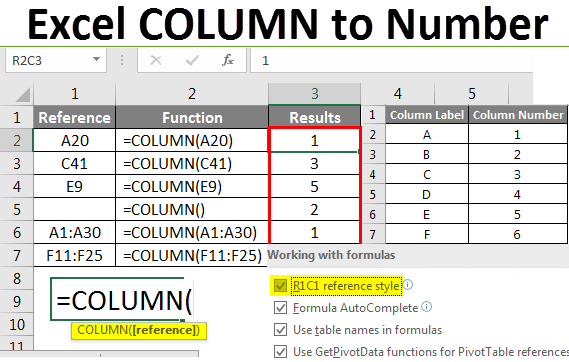



Excel Column To Number Learn How To Use Column Function In Excel
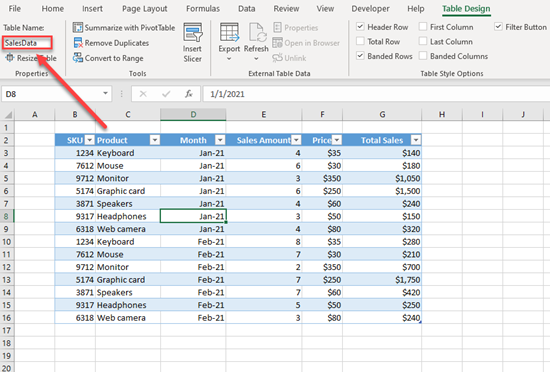



How To Rename A Table In Excel Automate Excel
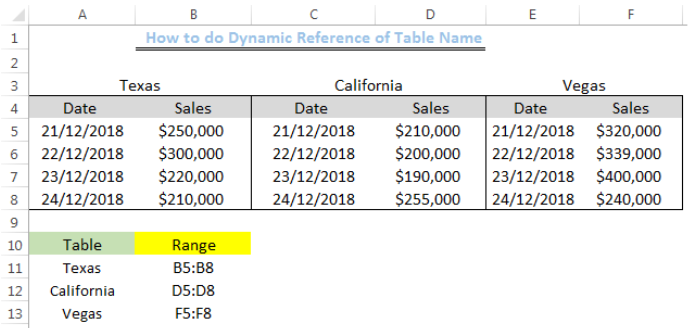



Excel Formula How To Do Dynamic Reference Of Table Name Excelchat




How To Create Lookup Tables In Excel Youtube
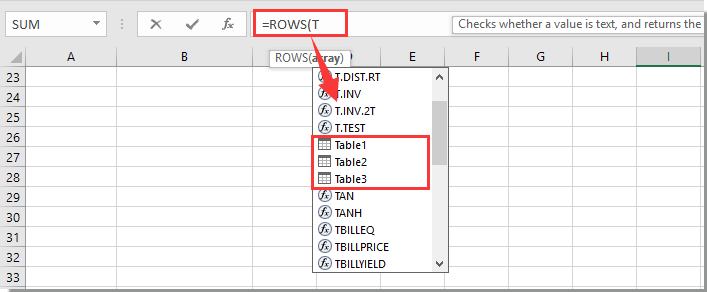



How To List All Table Names In Excel




Table Name Excel 16



1
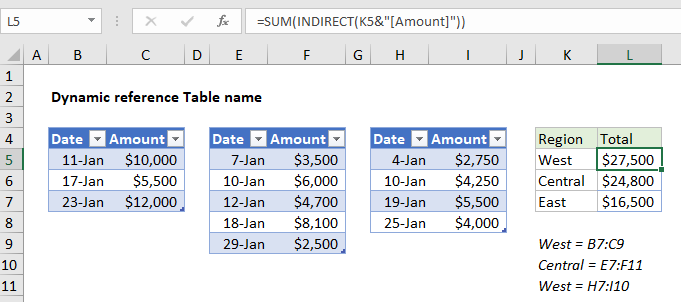



How To Create Dynamic Reference Table Name In Excel July 17 21 Excel Office




Clearing Excel Tables Rad Excel




Creating Calculated Columns And Rows With Excel Formulas Qlik Nprinting
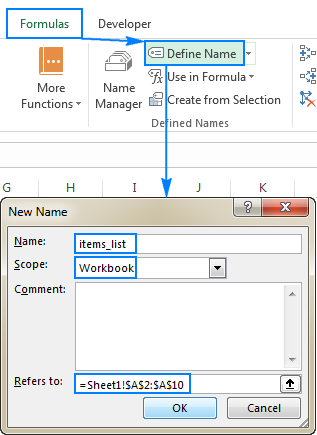



Excel Names And Named Ranges How To Define And Use In Formulas



Q Tbn And9gcs9auiuh9ftwknsafs 2zzznh9hkxtsjsvewyb6pocy7qipmoba Usqp Cau




Structured References In Excel Step By Step Guide With Examples
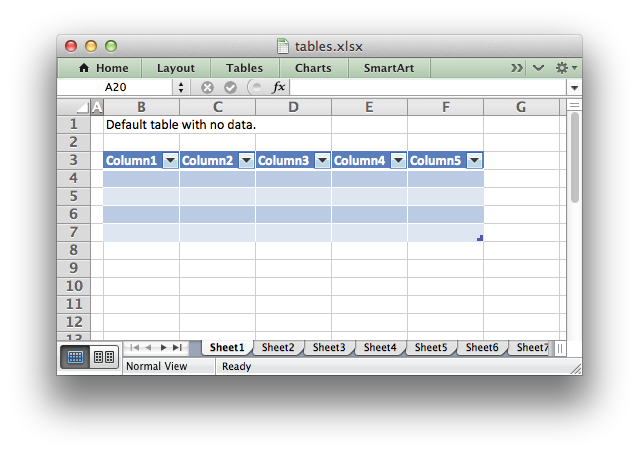



Working With Worksheet Tables Xlsxwriter Documentation
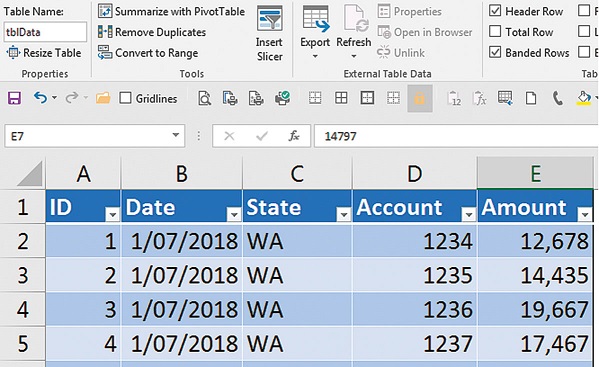



Understanding Excel S Misunderstood Format As Table Icon Intheblack
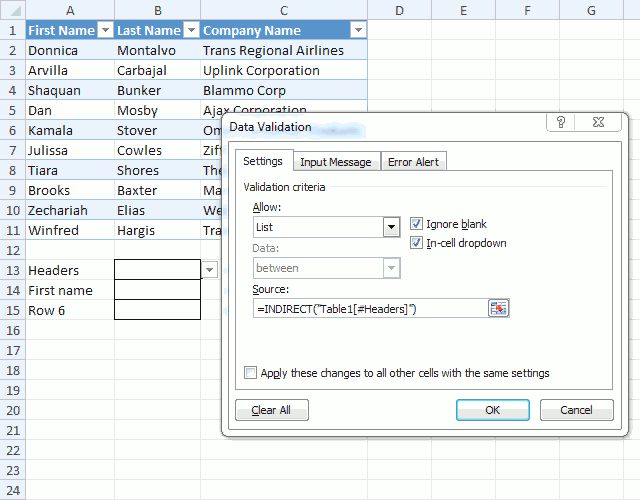



How To Use An Excel Table Name In Data Validation Lists And Conditional Formatting Formulas




How To Create An Excel Table To Organize Data



1




Rename An Excel Table Office Support
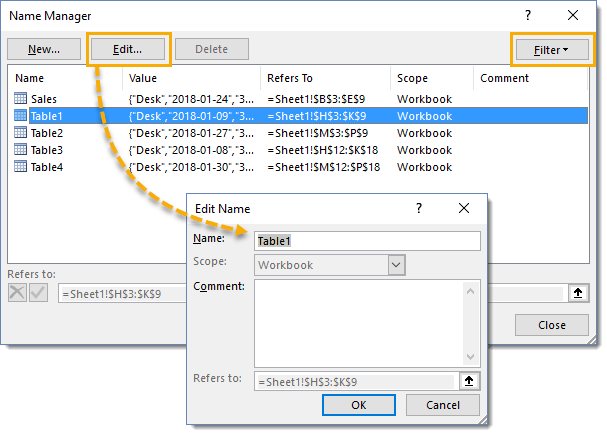



Everything You Need To Know About Excel Tables How To Excel
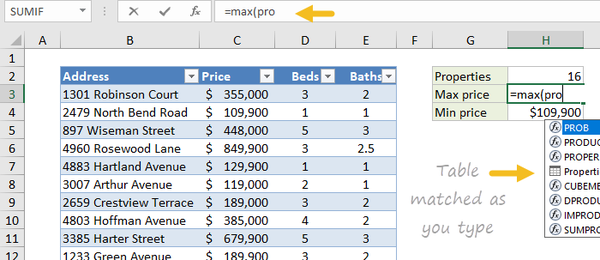



Excel Tables 知乎
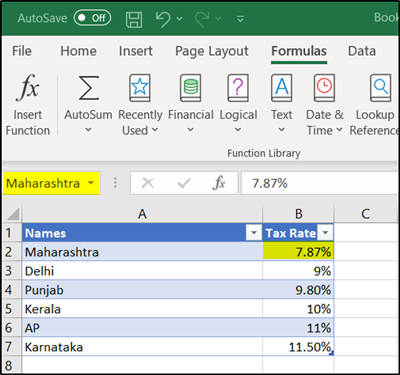



How To Define Use And Delete Names In Excel Formulas




Xlookup Just Killed Vlookup Everything To Know About This Major New Excel Function
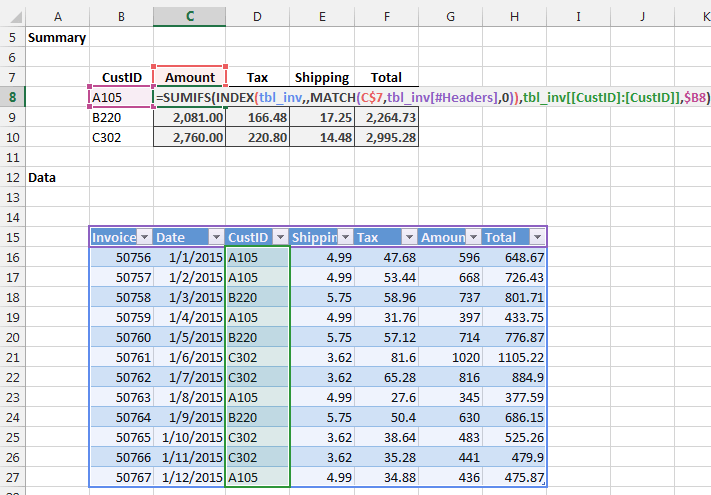



Use The Column Header To Retrieve Values From An Excel Table Excel University
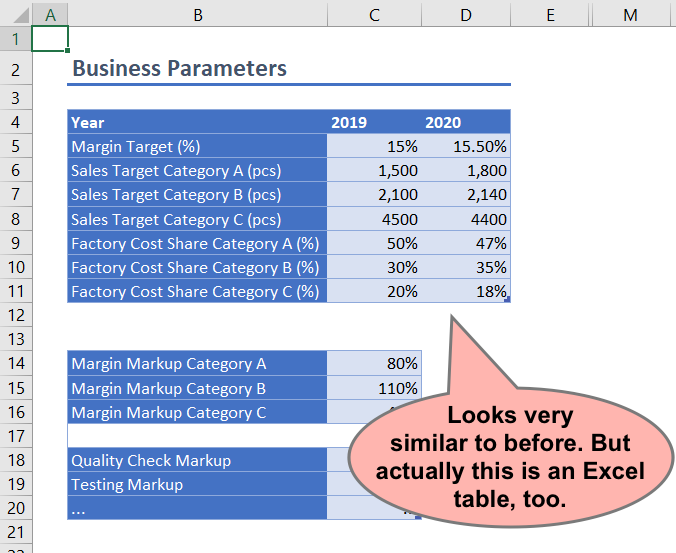



How Excel Tables Exceed Named Ranges When Writing Legible Formulas




Microsoft Excel Create An Automated List Of Worksheet Names Journal Of Accountancy




How To Filter By Using A Formula In Excel
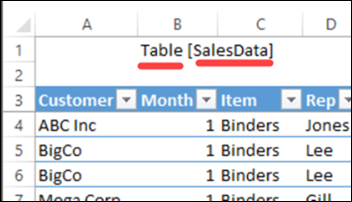



How To Show Excel Table Name On The Sheet Contextures Blog




How To Assign A Name To A Range Of Cells In Excel
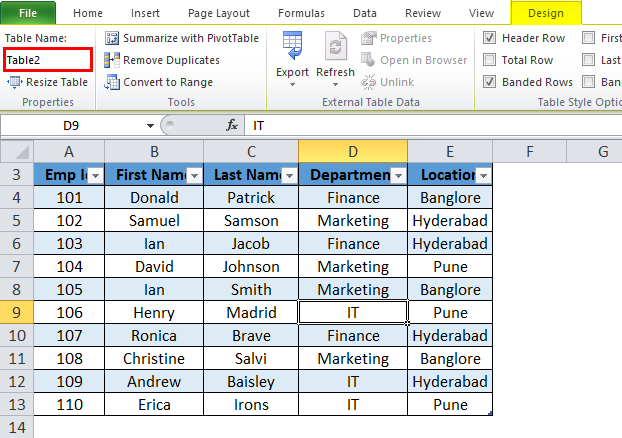



Tables In Excel Uses Examples How To Create Excel Table
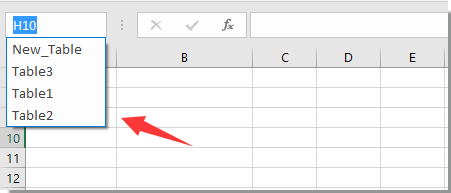



How To List All Table Names In Excel
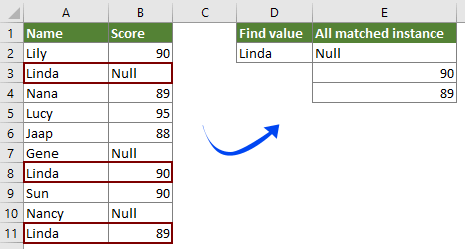



How To List All Matched Instances Of A Value In Excel




Use The Name Manager In Excel Excel
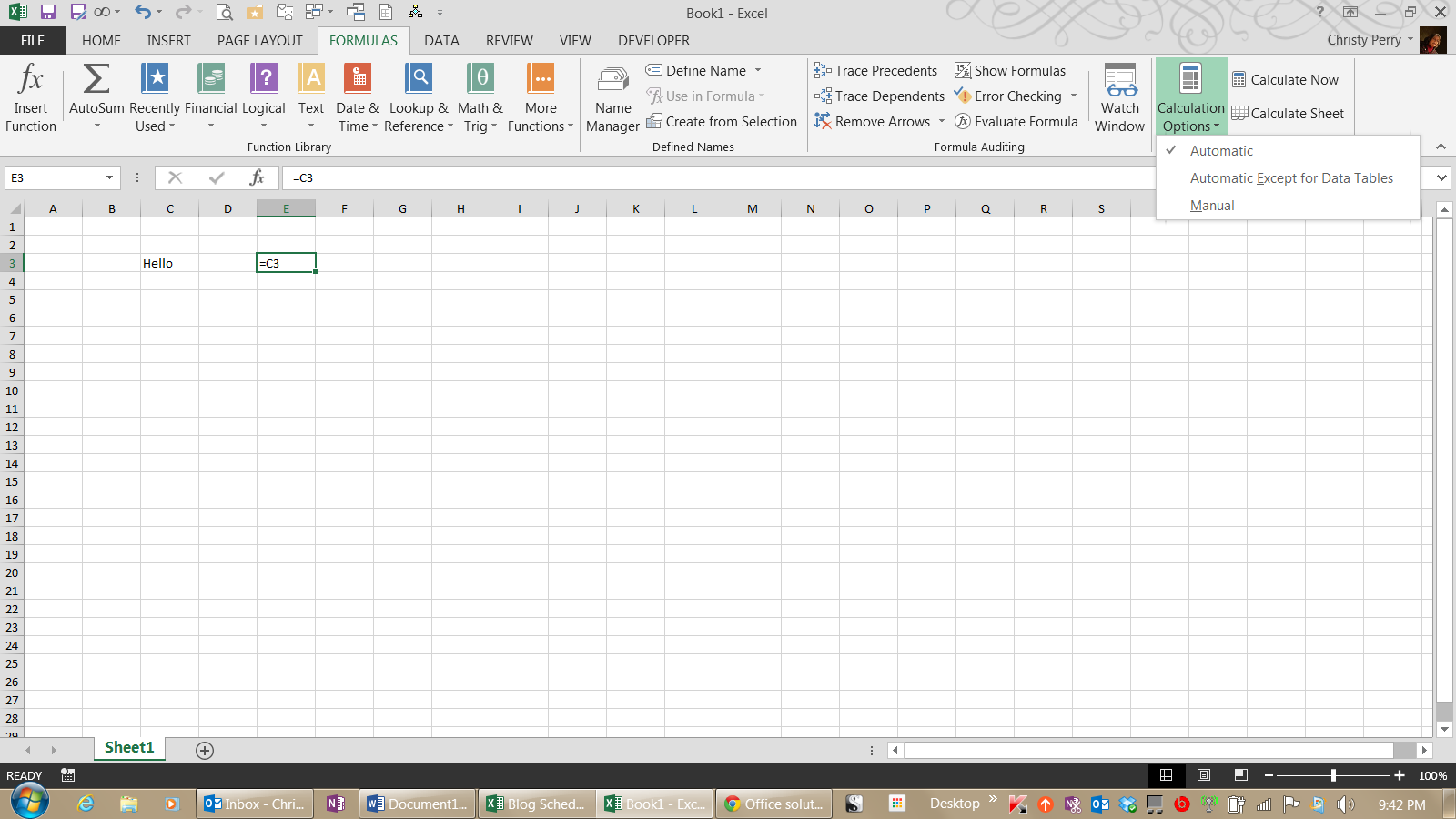



Why Is Your Excel Formula Not Calculating Pryor Learning Solutions




Tables In Excel Vba Explained With Examples
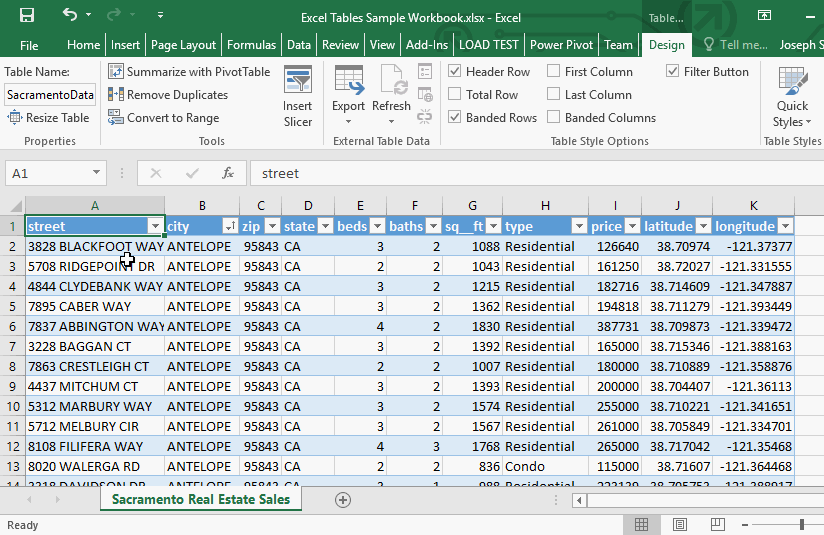



Excel Tables Spreadsheets Made Easy




Excel Tables As Source For Data Validation Lists My Online Training Hub




Dynamically Refer To Table Name In Excel Vlookup Formula Stack Overflow
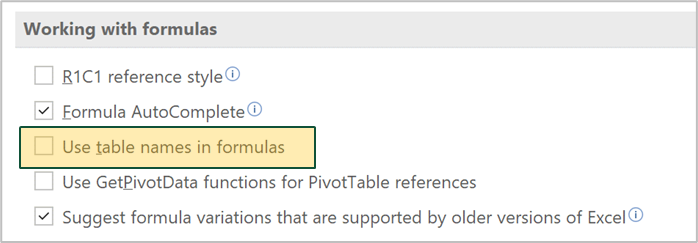



The Modern Excel




Excel Formula Reference Sheet Name From Cell




How To Make Use Tables In Microsoft Excel Like A Pro




Excel Magic Trick 1107 Vlookup To Different Sheet Sheet Reference Defined Name Table Formula Youtube




Highline Excel 13 Class Video 08 Excel Table Formula Nomenclature Structured References 22 Ex Youtube
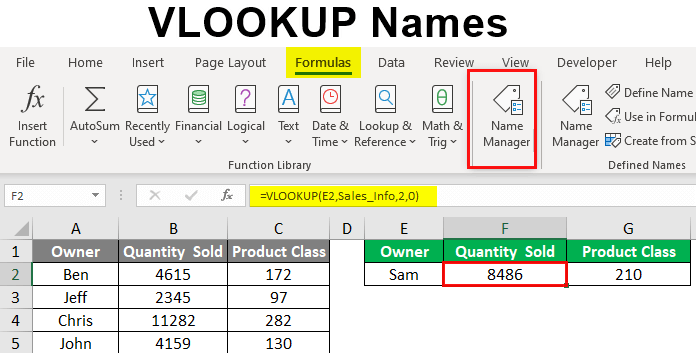



Vlookup Names How To Use Vlookup Names With Examples
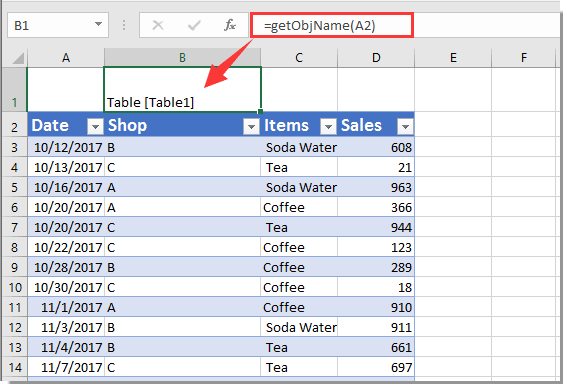



How To Display Table Or Pivot Table Name In A Cell In Excel




How To Create And Use Excel Named Ranges




Creating Calculated Columns And Rows With Excel Formulas Qlik Nprinting
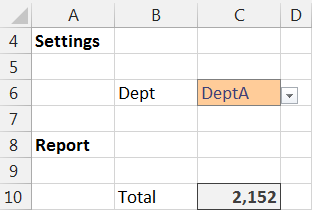



Referring To Tables Indirectly Excel University
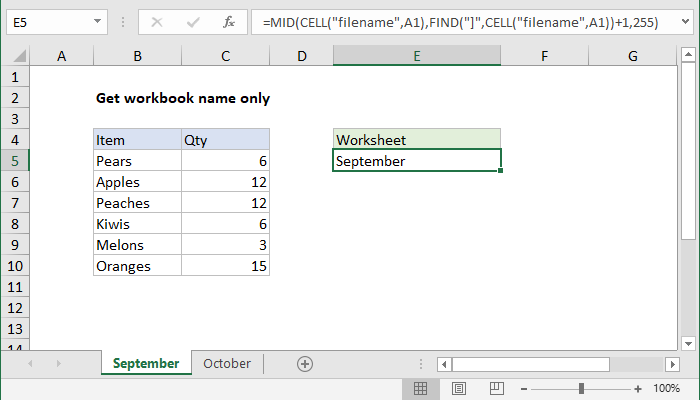



Excel Formula Get Sheet Name Only Exceljet
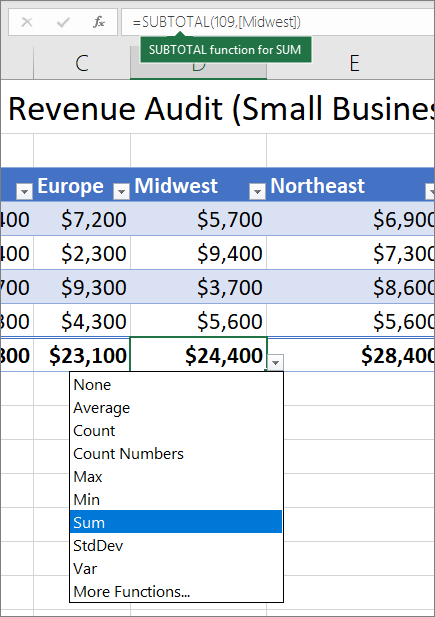



Overview Of Excel Tables Office Support
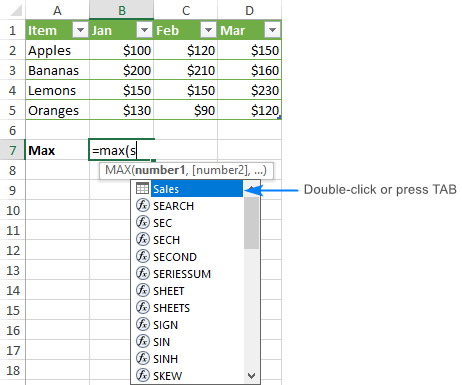



Structured References In Excel Tables
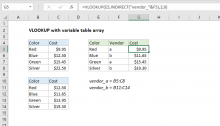



Excel Formula Dynamic Reference Table Name Exceljet
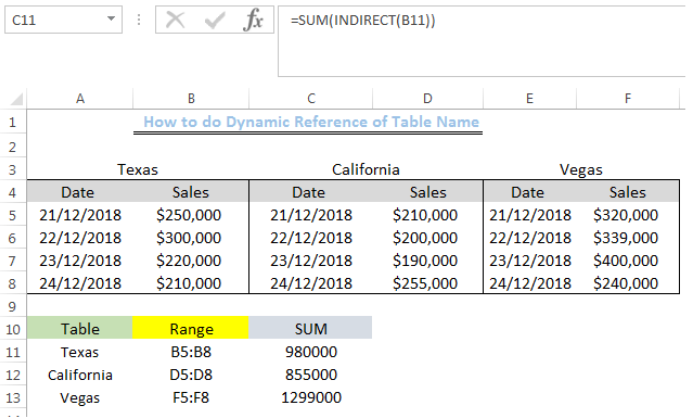



Excel Formula How To Do Dynamic Reference Of Table Name Excelchat




Excel Formula Join Tables With Index And Match Exceljet
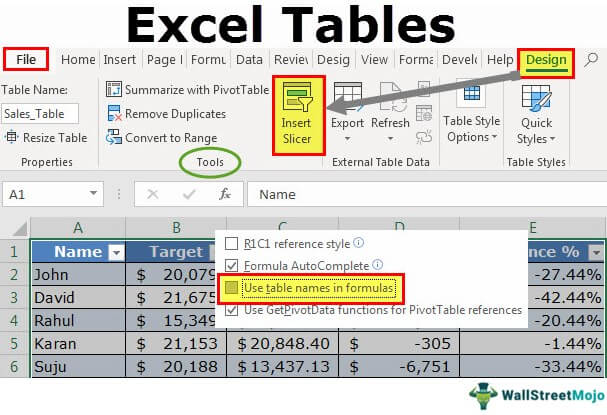



Tables In Excel Step By Step Guide To Creating An Excel Table
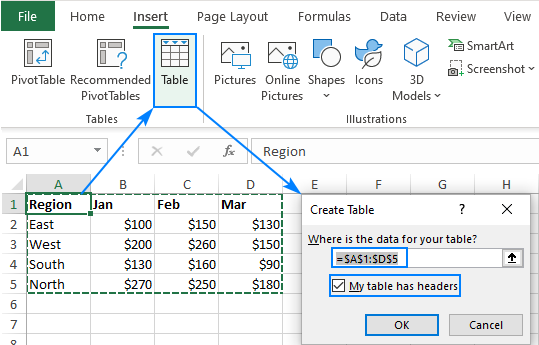



How To Create A Table In Excel




Microsoft Excel Create An Automated List Of Worksheet Names Journal Of Accountancy



0 件のコメント:
コメントを投稿